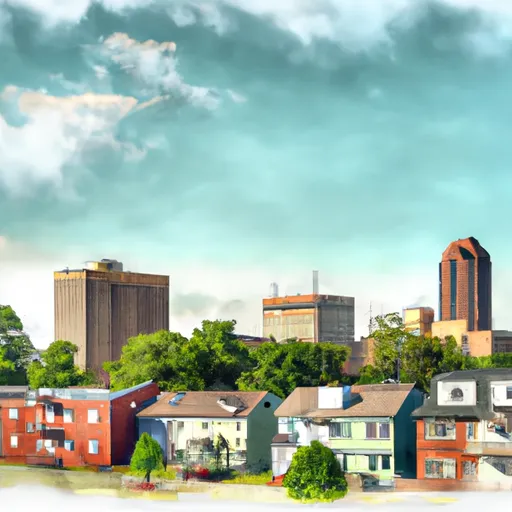°F
°F
mph
Windspeed
%
Humidity











South Euclid, Ohio is a vibrant city located in Cuyahoga County, just east of Cleveland. The region experiences a humid continental climate, characterized by warm summers and cold winters. Average temperatures range from 30°F (-1°C) in winter to 80°F (27°C) in summer. Precipitation is evenly distributed throughout the year, with an average annual rainfall of about 40 inches. As for hydrology constituents, South Euclid benefits from its proximity to Lake Erie, which provides recreational opportunities and influences the local climate.
South Euclid offers various outdoor recreation opportunities for residents and visitors alike. The city boasts several beautiful parks, such as Bexley Park and Quarry Park, which provide ample space for picnics, sports activities, and leisurely walks. In addition, residents can enjoy the nearby Euclid Creek Reservation, part of the Cleveland Metroparks system. This expansive park offers hiking trails, fishing spots, and scenic views of Euclid Creek. Outdoor enthusiasts can also explore the Lake Erie shoreline, which offers opportunities for boating, fishing, and swimming. With its diverse range of outdoor activities and natural beauty, South Euclid is an ideal destination for nature lovers and those seeking outdoor adventure.
Weather Forecast
South-Euclid receives approximately 1104mm of rain per year, with humidity levels near 79% and air temperatures averaging around 10°C. South-Euclid has a plant hardyness factor of 6, meaning plants and agriculture in this region thrive during a short period during spring and early summer. Most plants will die off during the colder winter months.
Regional Streamflow Levels
16
Cubic Feet Per Second
52
Cubic Feet Per Second
8
Cubic Feet Per Second
1,010
Cubic Feet Per Second
Nearby Camping
| Camping Area | Reservations | Toilets | Showers |
|---|---|---|---|
| Silver Springs - Stow | |||
| Big Bend Conservation Area | |||
| Portage Lakes State Park |



